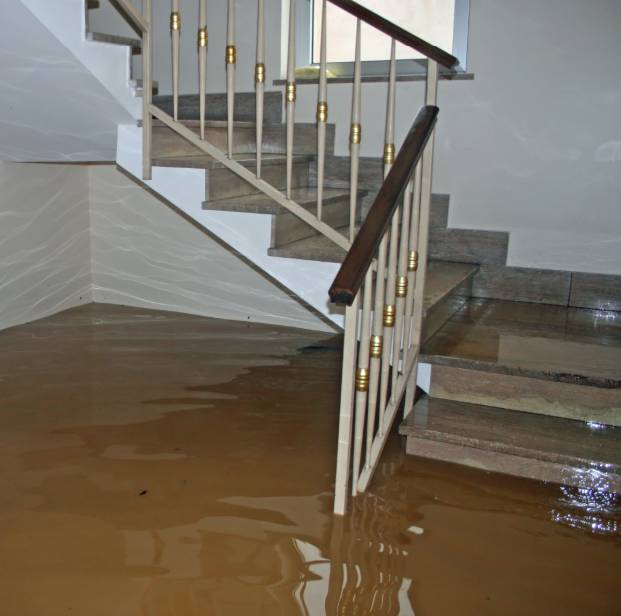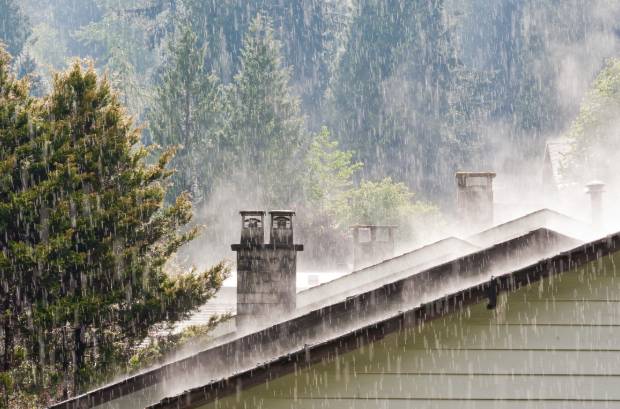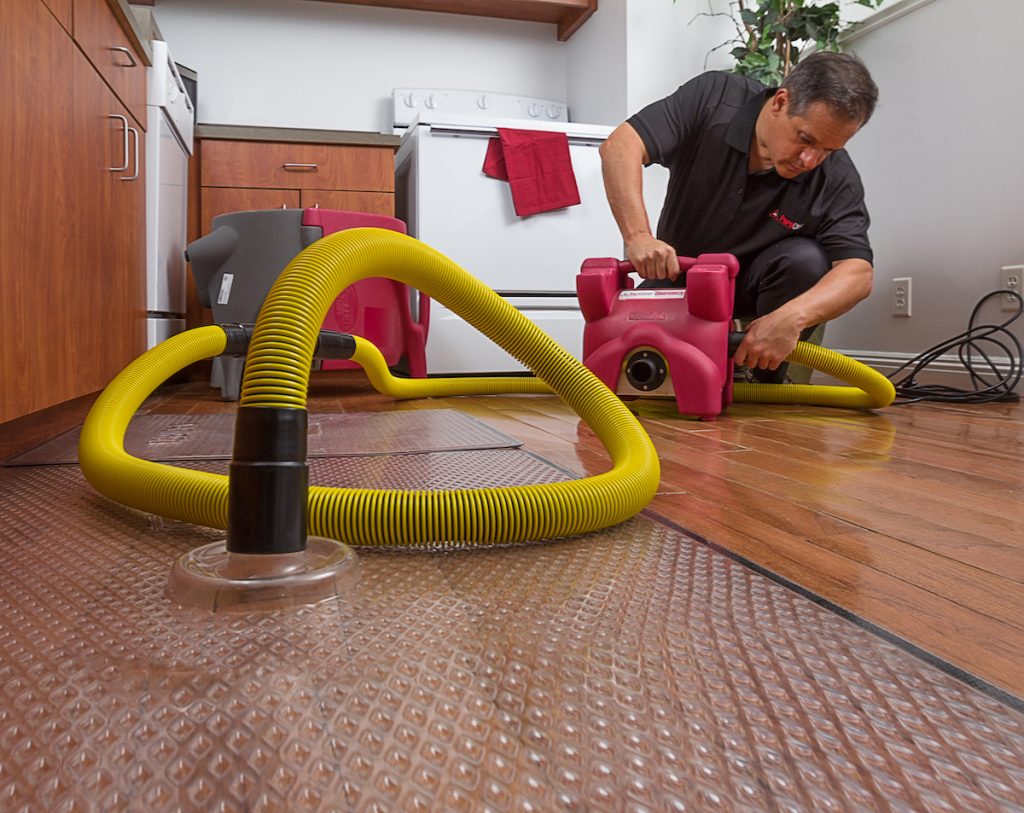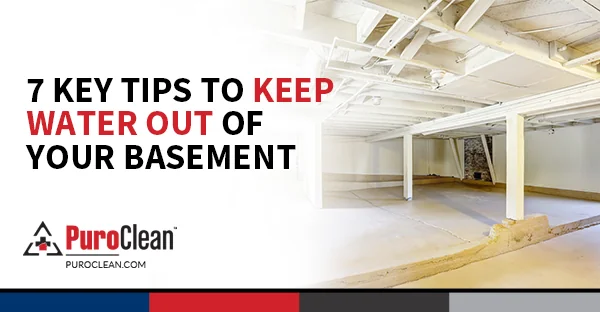As winter transitions to spring, the accumulated snow and ice begin to melt. This melting process can lead to a significant amount of water that needs to be managed carefully. Without proper precautions, this water can seep into your home, causing extensive water damage that requires costly repairs. The increased flow of water can overwhelm drainage systems, leading to potential flooding.
Common Causes of Water Damage During Thaw
- Clogged Gutters: Leaves, debris, and ice can clog your gutters, preventing them from directing water away from your home. This can cause water to overflow and pool around your foundation. Over time, this pooling water can erode the foundation, leading to further structural issues.
- Poor Drainage: If your property lacks adequate drainage, melting snow can accumulate and seep into your basement or crawl spaces. This can create a breeding ground for mold and mildew, which can be harmful to health and damage your property’s structure.
- Cracks in the Foundation: Cracks in your home’s foundation can allow water to enter, leading to structural damage over time. Even small cracks can expand as water freezes and thaws, exacerbating the problem.
- Ice Dams: Ice dams form when snow on the roof melts and refreezes at the edge, preventing proper drainage and potentially causing leaks. This can lead to water backing up under the shingles, damaging the roof and interior ceilings.
Steps to Prevent Water Damage
Preventing water damage starts with preparation and regular maintenance. Below are practical steps you can take to protect your home during the spring thaw. These proactive measures can save you time and money in the long run.
1. Maintain Your Gutters and Downspouts
Regularly clean your gutters and downspouts to ensure they are free from debris. This will allow water to flow away from your home efficiently. Consider installing gutter guards to prevent debris accumulation. Gutter guards can significantly reduce the need for frequent cleaning, making maintenance more manageable.
2. Inspect and Repair the Roof
Check your roof for missing or damaged shingles that could cause leaks. Ensure that flashing around chimneys and vents is intact to prevent water from seeping in. Regular roof inspections can also identify potential problem areas early, allowing for timely repairs before they become major issues.
3. Seal Cracks in the Foundation
Inspect your home’s foundation for any visible cracks and seal them with appropriate materials. This will prevent water from entering your basement or crawl spaces. Using high-quality sealants designed for foundation repair will provide a long-lasting solution.
4. Ensure Proper Drainage
Evaluate the grading around your home. The ground should slope away from the foundation to prevent water pooling. If necessary, install French drains or a sump pump to manage water effectively. Proper drainage is crucial for preventing water from accumulating near the foundation, which can lead to serious structural problems.
5. Prevent Ice Dams
To prevent ice dams, ensure your attic is properly insulated and ventilated. This will help maintain a consistent roof temperature and prevent snow from melting unevenly. Adequate insulation also improves energy efficiency, reducing heating costs during the winter months.
6. Install a Sump Pump
If your basement is prone to flooding, consider installing a sump pump. This device will help remove water that accumulates in the basement, reducing the risk of water damage. A battery backup for the sump pump can provide additional protection during power outages.
Emergency Water Damage Measures

Despite your best efforts, emergencies can still happen. Knowing how to respond quickly can minimize damage and speed up the recovery process. Having a plan in place will help you stay calm and act efficiently in the event of an emergency.
Immediate Actions to Take
- Turn Off Water Supply: If water is entering your home due to a burst pipe or plumbing issue, turn off the main water supply immediately. This can prevent further water from entering and worsening the situation.
- Remove Excess Water: Use mops, towels, or a wet/dry vacuum to remove standing water from affected areas. Quick removal of water can help prevent additional damage and reduce the risk of mold growth.
- Move Valuables to Safety: Protect furniture, electronics, and other valuables by moving them to higher ground or another dry area. Prioritize items that are most valuable or difficult to replace.
- Ventilate the Area: Open windows and use fans or dehumidifiers to dry out the area and prevent mold growth. Good ventilation can significantly reduce moisture levels, helping to mitigate damage.
Contacting Water Restoration Professionals
If the water damage is significant, it’s crucial to contact water restoration professionals. They have the expertise and equipment to handle emergency water damage effectively and restore your home to its pre-damage condition. Professionals can also assess the extent of the damage and recommend the best course of action for repairs.
Long-Term Water Damage Prevention
To protect your home from future water damage, consider these long-term strategies. Implementing these measures can provide peace of mind and help maintain the value of your property.
- Regular Inspections: Conduct regular inspections of your roof, foundation, and drainage systems to ensure everything is in working order. Early detection of potential problems can prevent costly repairs down the line.
- Upgraded Materials: Invest in high-quality materials for roofing and siding that offer better protection against the elements. Durable materials can withstand harsh weather conditions, reducing the risk of damage.
- Smart Home Technology: Utilize smart home devices like water leak detectors and automatic shut-off valves to monitor and prevent potential water damage. These technologies can alert you to leaks early, allowing for prompt intervention.
Protect Your Home from Ridgewood’s Spring Thaw
Spring thaw in Ridgewood can lead to expensive water damage if not managed properly. Understanding the risks and taking preventative measures can help you keep your home safe, dry, and free from expensive repairs. Regular maintenance and preparation are essential to preventing water damage, but when emergencies arise, swift action is crucial.
If water damage threatens your home, PuroClean of Ridgewood is ready to help. Our expert team provides fast, professional restoration services to protect your home and restore your peace of mind. Contact us today for immediate assistance!




 PuroClean of Ridgewood
PuroClean of Ridgewood